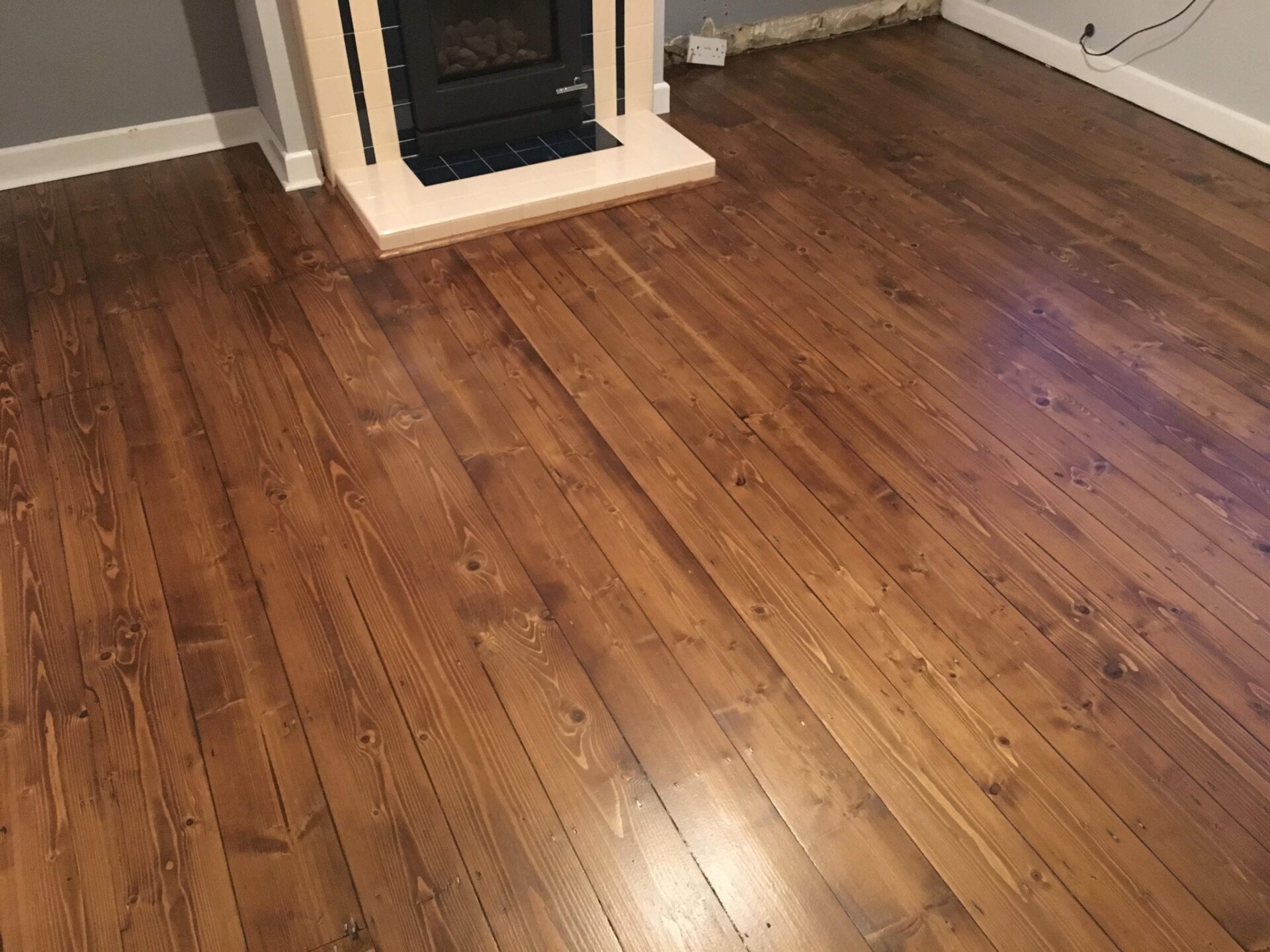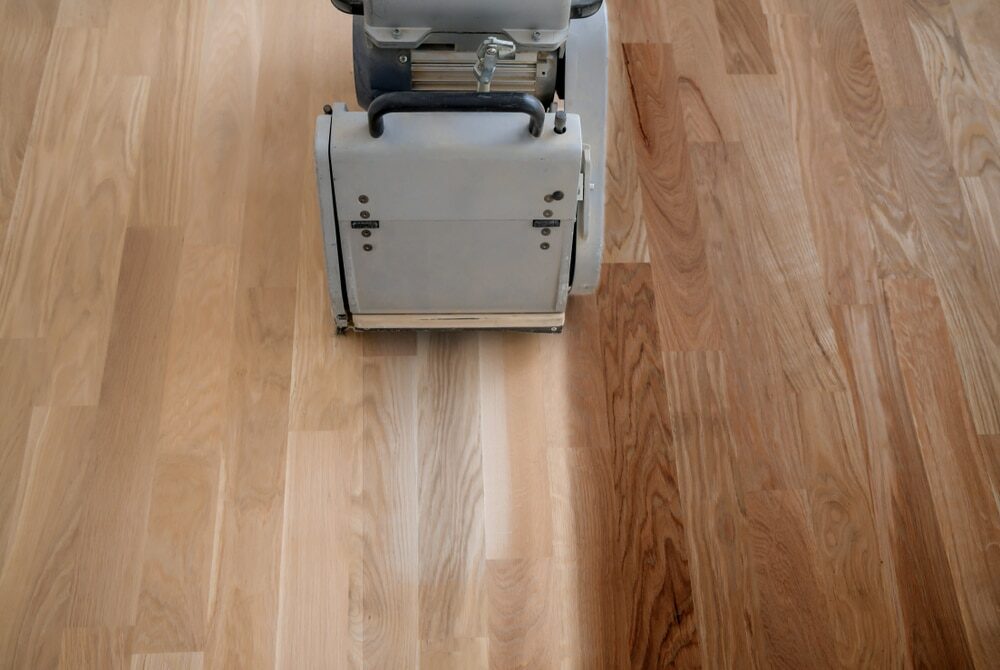London:
Nationwide:
What areS the Different Types of Wood Floor Sanding and Polishing?
Posted on April 25, 2023
Blog
Exploring the Different Types of Wood Floor Sanding and Polishing Techniques
Wood floors have a timeless elegance and charm that homeowners love. Over time, these floors can lose their lustre due to daily wear and tear, resulting in a dull and lifeless appearance. This is where wood floor sanding and polishing come in. By sanding and polishing your wood floors, you can restore their beauty and prolong their lifespan. In this blog post, we will discuss the different types of wood floor sanding and polishing techniques available to homeowners, as well as the benefits and drawbacks of each method. Let’s dive in!Wood Floor Sanding Techniques
- Traditional drum sanding
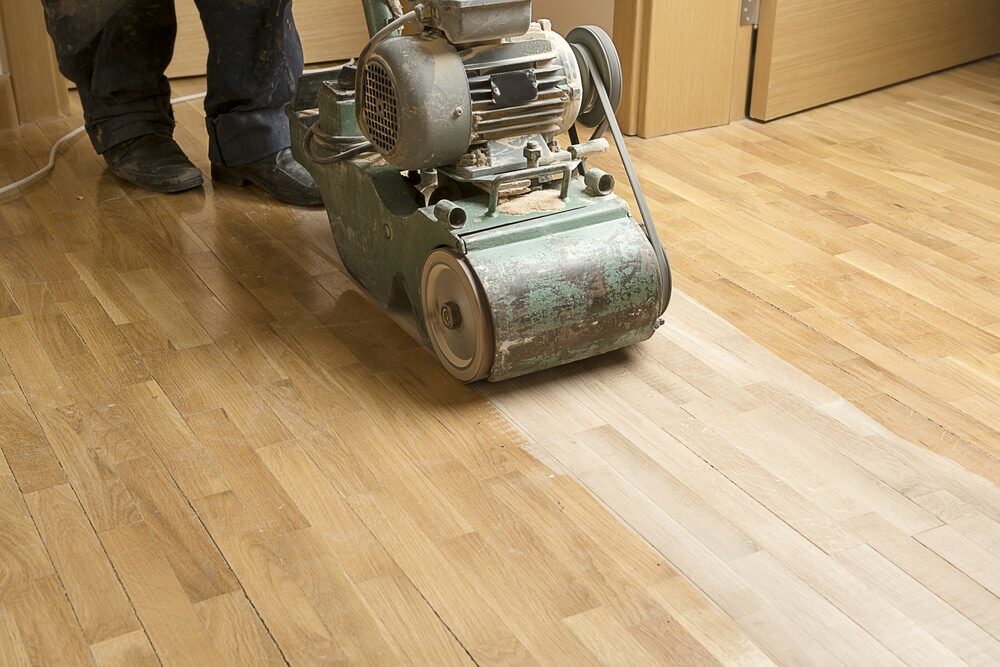 Pros:
Pros:
- highly effective at removing old finishes and levelling uneven surfaces.
- capable of producing a smooth, consistent finish.
- can be difficult for inexperienced users to control, leading to gouging or damage to the wood floor.
- creates a significant amount of dust, which can be harmful if not properly managed.
- Orbital Sanding
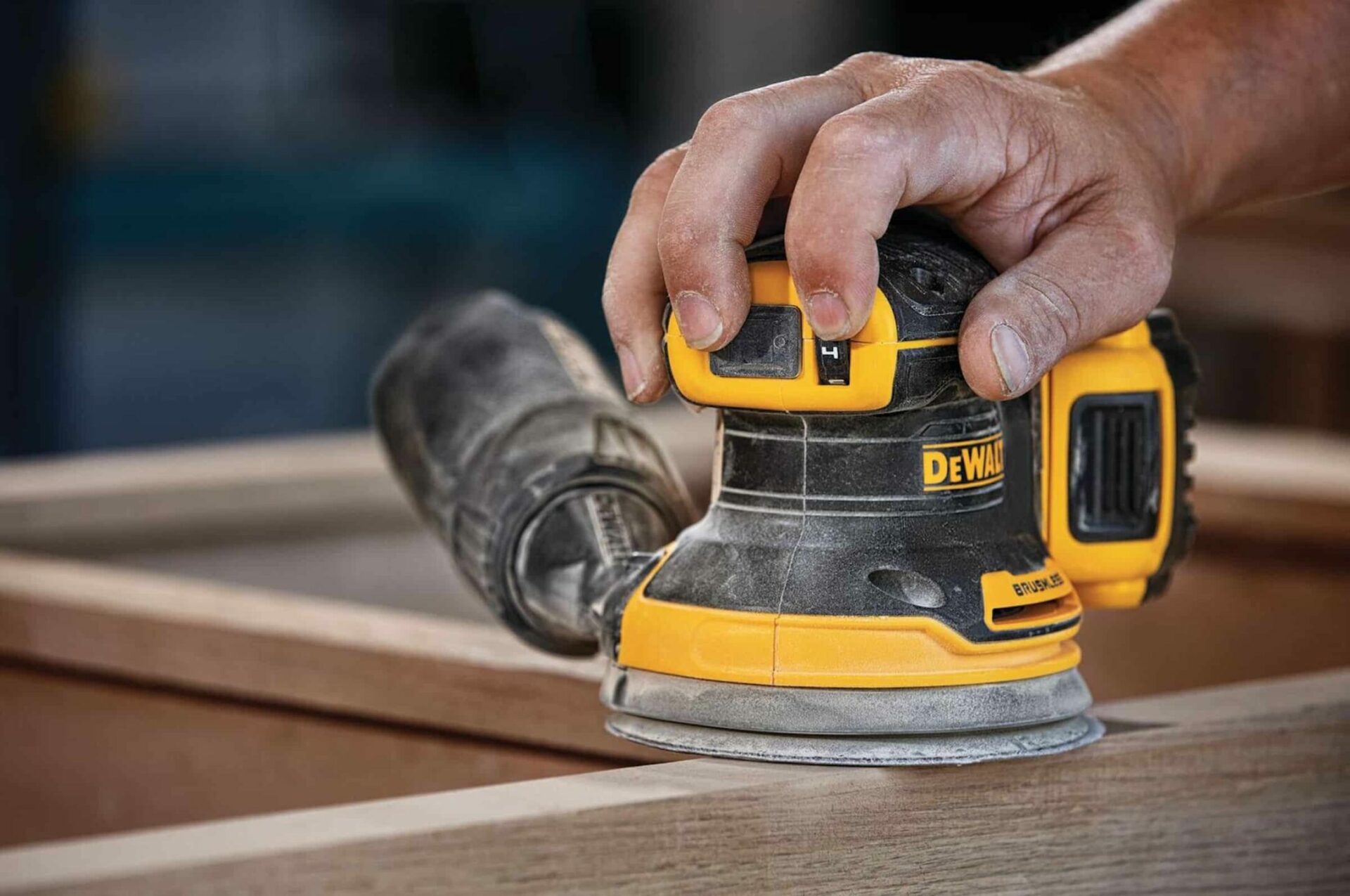 Pros:
Pros:
- less aggressive than drum sanding, reducing the risk of gouging or damaging the wood floor.
- easier to control, making it more suitable for DIY projects and inexperienced users.
- generates less dust than drum sanding.
- May require more time to achieve the desired level of smoothness.
- Not as effective at removing deep scratches or leveling severely uneven surfaces.
- Dustless Sanding
 Pros:
Pros:
- Significantly reduces the amount of dust generated during sanding, making for a cleaner and healthier working environment.
- Less cleanup required after sanding is complete.
- Dustless sanding machines can be more expensive to rent or purchase than traditional sanders.
- Not 100% dust-free, but significantly reduces dust levels.
- Hand Scraping
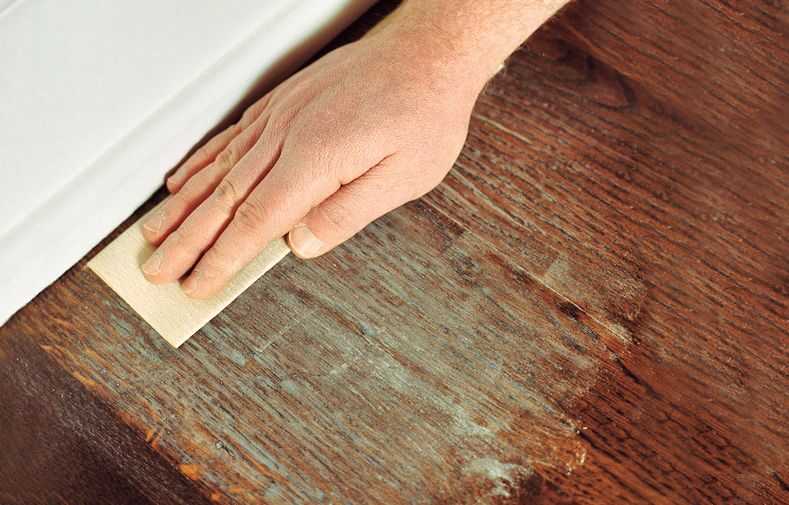 Pros:
Pros:
- Provides a unique, hand-crafted look that cannot be replicated by machine sanding.
- Can be used to selectively remove damaged areas, preserving more of the original wood.
- Labor-intensive and time-consuming process.
- Requires a high level of skill and experience to achieve a consistent finish.
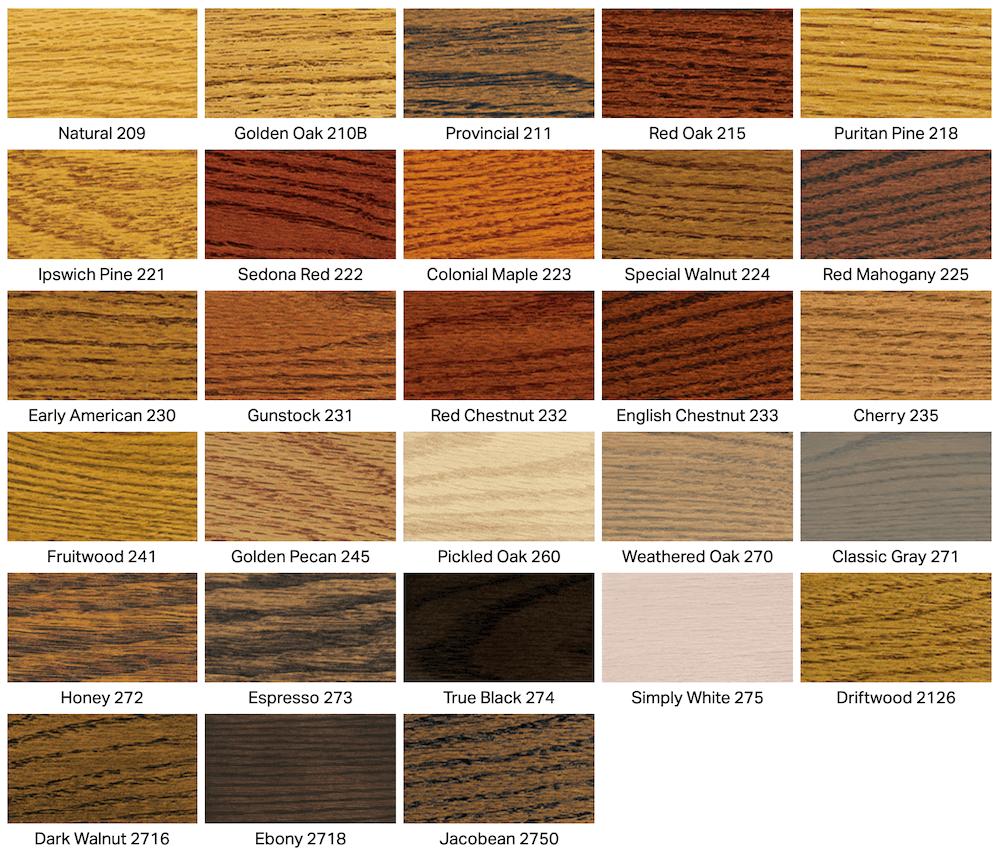
- Oil-Based Polishing
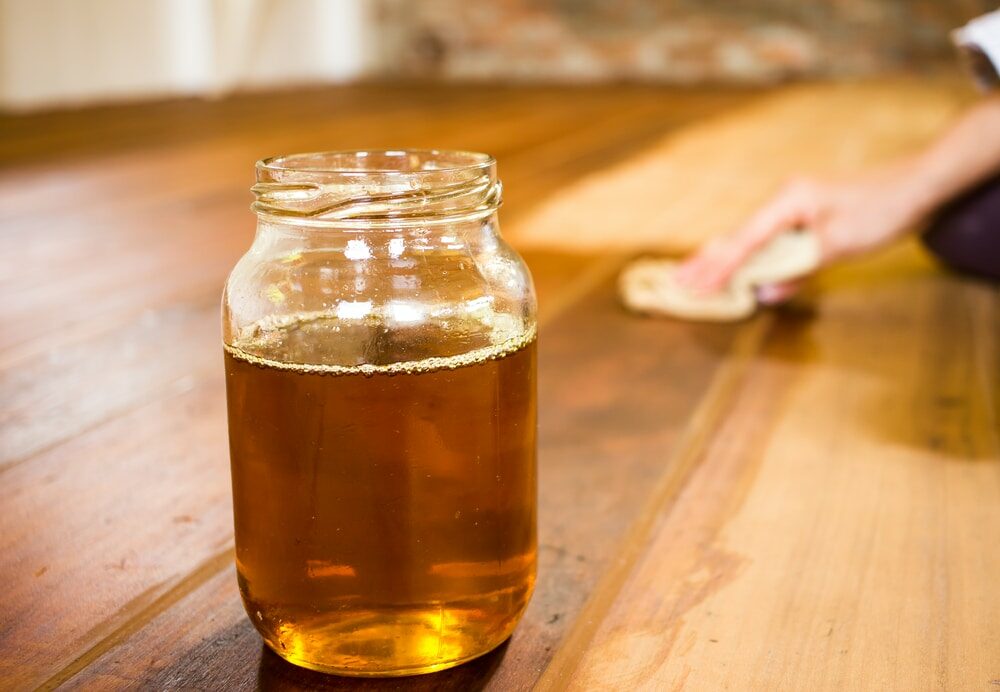
- Enhances the natural beauty and grain of the wood.
- Provides a warm, rich finish that can be easily refreshed by reapplying the oil.
- Can be more environmentally friendly than other polishing methods, as many oil-based products are made from natural, renewable resources.
- Longer drying time compared to other polishing methods.
- Requires regular maintenance to keep the finish looking its best.
- Can darken the wood over time.
- Water-Based Polishing
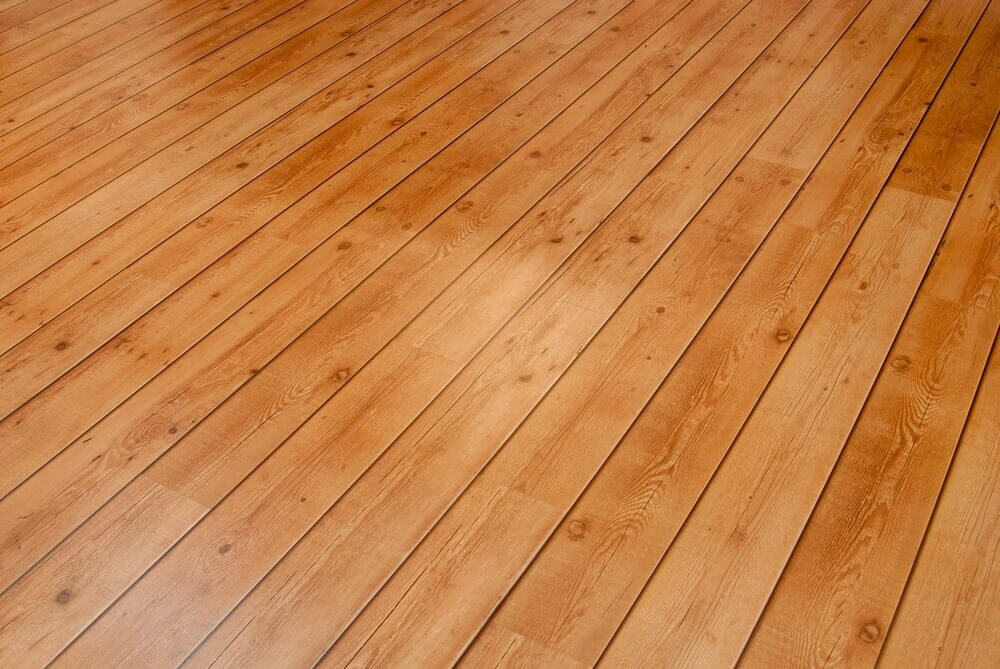 Pros:
Pros:
- Dries quickly, allowing for faster project completion.
- Low odor during application and curing, making it a more pleasant option for indoor projects.
- Resistant to yellowing and discoloration over time.
- May not enhance the natural beauty of the wood as much as oil-based polishes.
- Can be more difficult to repair or touch up if damaged.
- Wax Finishing
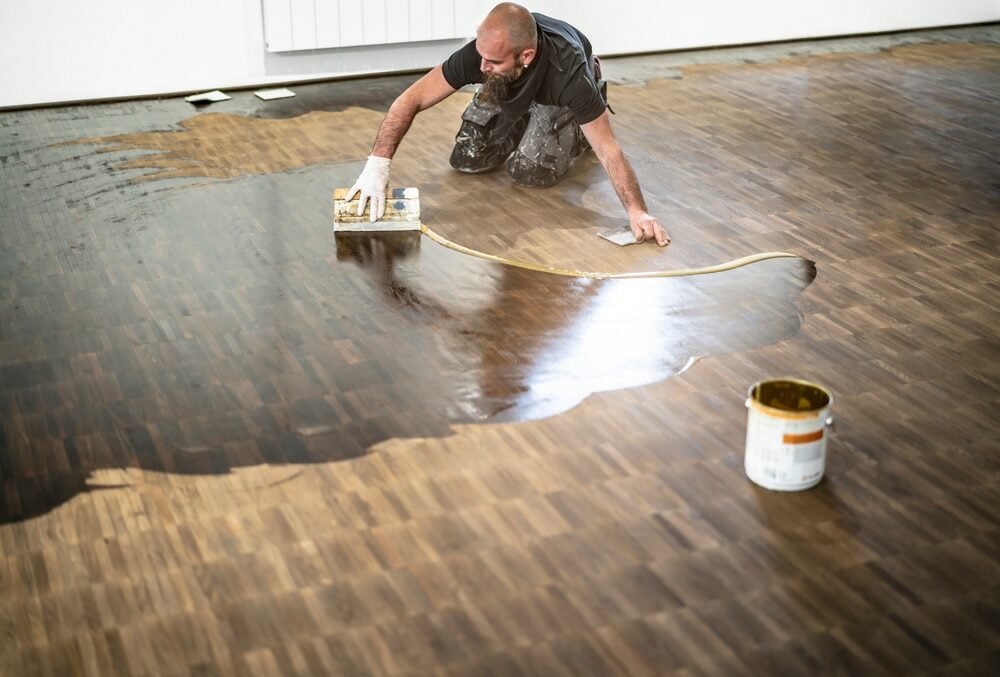 Pros:
Pros:
- Provides a natural, low-sheen finish that highlights the wood’s grain and texture.
- Easy to apply and maintain, making it an attractive option for DIY enthusiasts.
- Can be easily repaired or touched up if damaged.
- Less durable than oil-based or water-based polishes, requiring more frequent maintenance.
- Can be slippery, especially when wet, which may pose a safety risk.
- Not recommended for high-traffic areas or rooms with high moisture levels, such as kitchens or bathrooms.
Some Useful Links:
Conclusion There are various types of wood floor sanding and polishing techniques available to homeowners, each with its own set of benefits and drawbacks. The best method for your project will depend on factors such as the type of wood, the condition of the floor, and your desired finish. By understanding the differences between these techniques, you can make an informed decision and ensure that your wood floors are restored to their full beauty and potential.More from our Blog:
Sanding Wood Floor Boards: Essential Tips That Work Wonders How to Choose the Best Company in London for your Wood Floor Sanding? Essential Tips on wooden parquet floor sanding | The Ultimate Guide
Sanding
We provide virtually dust-free sanding with our continuous belt machinery with mobile extraction units, giving you a safer environment for your family.
Oiling
This organic finish not only adds beauty to your home but also has exceptional water-repellent characteristics, making it easier to clean and maintain.
Waxing
This natural floor finish offers the softest and most mellow appearance – and leaves your floor able to breath.
Buffing
Using soft buffing machines (and hand-polishing where required) will bring a wonderful sheen to your newly-finished floor.
Repairs
We offer a full assessment of your wooden floors to determine what repairs are needed to provide the perfect working surface for the later stages of sanding, staining and sealing.
Restoration
We offer a comprehensive restoration process designed to address floors that are improperly fitted or damaged over time through wear and tear.
Request a fixed price quote for your wood floor restoration now
Simply enter your postcode below to get started.
Services
Wood Floor Sanding Wood Floor Restoration Wood Floor Scratch Repair Squeaky Wood Floor Repair Parquet Floor Sanding Parquet Floor Restoration Commercial Floor Sanding Church Floor Sanding Community Centre Floor Sanding School Floor Sanding Gap Filling Gap Filling with ResinCopyright © Mr Sander®
Privacy & Cookies Terms & Conditions Complaints Procedure Cancellation Rights Sitemap
